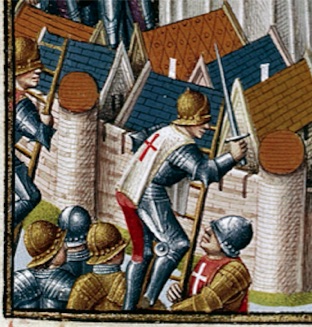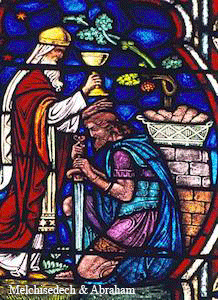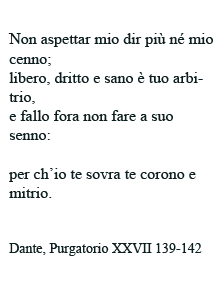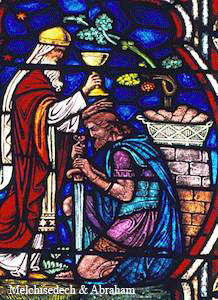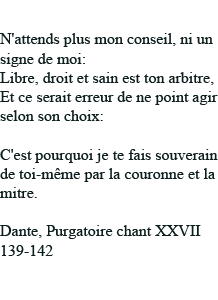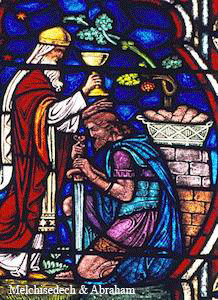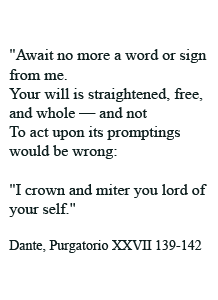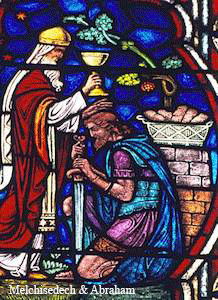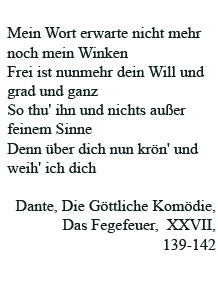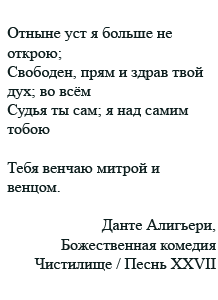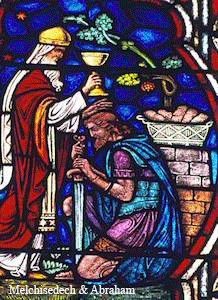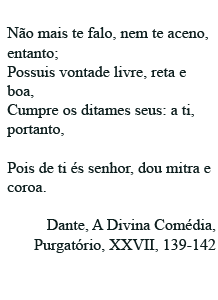The Novum Monasterium
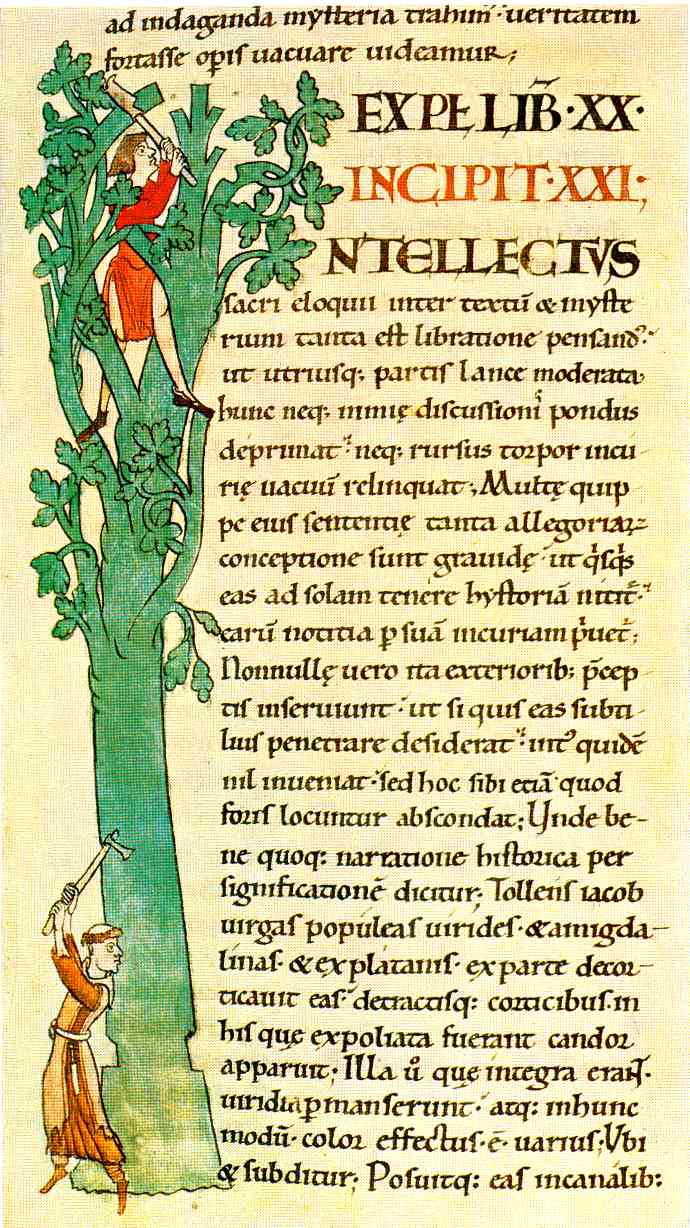
The new monastic order of Citeaux, founded in 1098 by Robert de Molesmes, stemmed from the questioning of the Benedictine order of Cluny. The Cistercian reform, with its Strict Observance of the Benedictine rule, aimed to do far more than just return to the monastic basics of poverty – a vow which the Clunisians seemed to have completely forgot. As the Cistercian monks cleared the marshes of the reeds and undertook the construction of the Novum Monasterium, they were laying the foundations of a new world.
A new governance within the abbeys
With the ground-breaking organization of the order defined by the Charter of Charity, a new spirit blew within the Cistercian abbeys.
In every way opposite to the vertical structure of the Clunisian order, in which the abbeys remained under the authority of the mother house, the Cistercian abbeys set up a horizontal networki in which each abbey, linked by a tie of “charity” to the others, was financially independent and could elect its abbot .
The Charter of Charity, approved by the pope in 1119, established in thirty articles the basis of an internal democracy. The General Chapter, an annual meeting of all the abbots, was the governing body of the order. Even the mother house was under its authority and it was an obligation for every abbot to attend its assembly. This requirement was the only duty imposed by the mother house of Citeaux on its offspring.
a prototype of the European Parliament
Every year, abbots gathered from throughout Europe for the General Chapter. Among them were some of the most influential personalities of the time. Saint Bernard, founder of the Abbey of Clairvaux was confessor of Eleanor of Aquitaine, Queen of France and Queen of England. Otto of Freising, Abbot of Morimond, was also the uncle of Emperor Frederick Barbarossa. Henri de France, monk at the Clairvaux abbey, was the brother of Louis VII, King of France. As a place of deliberation, bringing together political figures from different European nations, the General chapter was much like the European Parliament today.
A new chivalry
The rise of the Cistercian order corresponds with that of the Knights Templar, which had been entrusted to Saint Bernard's tutorship. By writing De Laude Novae Militiae, St Bernard endorsed the concept of the monk-soldier and formalized the birth of a new chivalry - which started to crave independence with the collapse of the Carolingian Empire. The Counts of Anjou, Champagne and Flanders, involved in the new militia, were all richer and more powerful than the King of France to whom they were vassals. They wanted to govern with the king and no longer under the king. They appreciated in the Cistercian Strict Observance the remind of St Benedict's founding principles concerning the limitation of authority by law and the designation of its head by election. The Templar knighthood and the creation of the Latin Kingdom of Jerusalem gave them the opportunity to define a new system of legitimation of authority, inspired from the Cistercian institutions and challenging the rules of Frankish feudal law.
At a crossroads
The pious image of a reformed chivalry, living on the monastic model, such as it was carried out in the novels of the Round Table, remained however a literary figure in a rough feudal world where only the most powerful lords, holder of large fiefs, sat among the decision-makers.
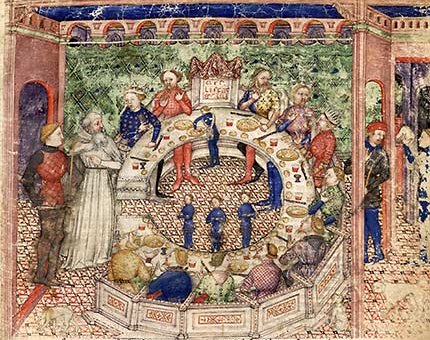
The market economy in the cities, which would later be a lever for the rise of a new social class, the bourgeoisie, was still at its beginnings. The feudal traditions soon regained the upper hand on the egalitarian impulses of the commencement. The Cistercian order, which had at first been a pioneer by providing access to the General Chapter and to the wearing of the white habit to all those, noble or not, who mastered Latin, was overtaken by the conservative currents of the aristocracy in its ranks. Reproving this nobiliary drift, Joachim of Fiore quit his position as abbot in the monastery of Corazzo in 1194 to found the abbey of Flore, from which stemmed a new branch of the Cistercian order, closer to the spirit of its origins.
a new status for the layman
Should we then picture Citeaux as nothing but a crossroads in a time of transition and of hesitations, after which the aristocracy affiliated to its abbeys finally sided with those they were fighting at first?
Of course not. Dante in his Divine Comedy, shows us, more than a century later, with his journey from Hell in company of Virgil to Paradise under the guidance of St Bernard, that there is a path, a tradition, to which the Cistercians have made significant contributions and which remains in many ways to be explored. Dante's route passes by the Purgatory, at the top of which he offers us "the crown and the miter" - that is to say our free will. His Comedy recounts the conquest of a new freedom: the liberty for the layman to decide of his destiny. This achievement is the fruit of the Cistercians undertaking, and Dante acknowledges their influence by designating St. Bernard as guide in Paradise.
By their theoretical work, with their participation in the development of the concept of purgatory - later completed in Saint Thomas Aquinas' works - but also by the place they granted to the laymen in their abbeys, the Cistercian took part in the creation of a new status for the laity. In a world where the monarchy and the papacy confronted each other to establish their supremacy, the Cistercians opened a new way, setting the foundations for a new political organization based on the separation of temporal and spiritual powers. They were at the source of technological innovation in agriculture and in architecture, giving the material and symbolic framework for the creation of a pluralistic and secular society - which still remains today a model to achieve.
by Gisèle SCHMIT



